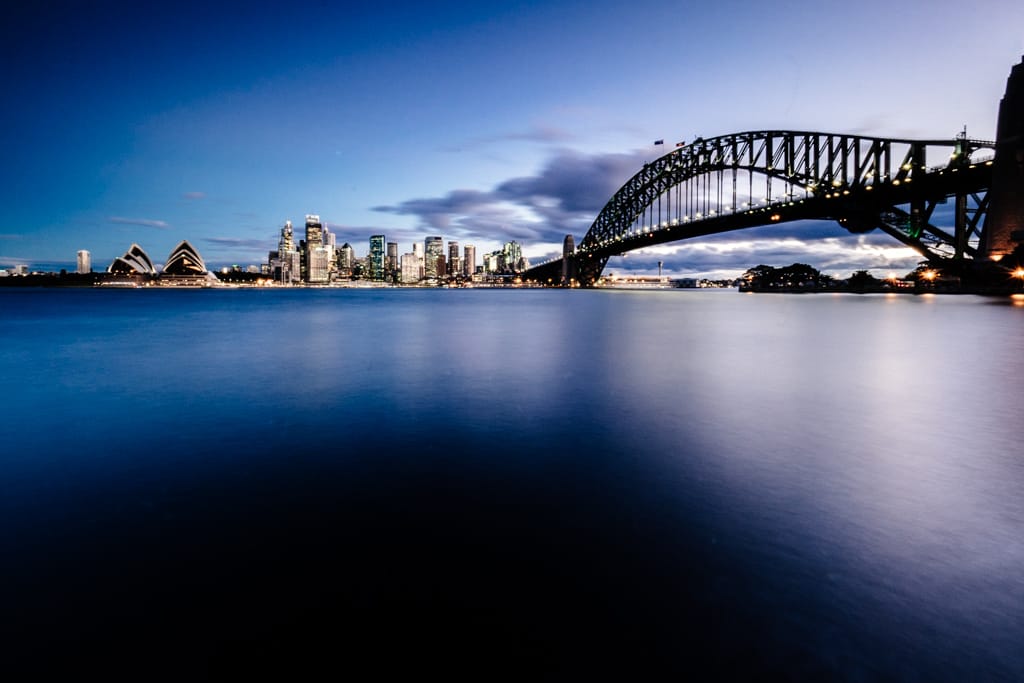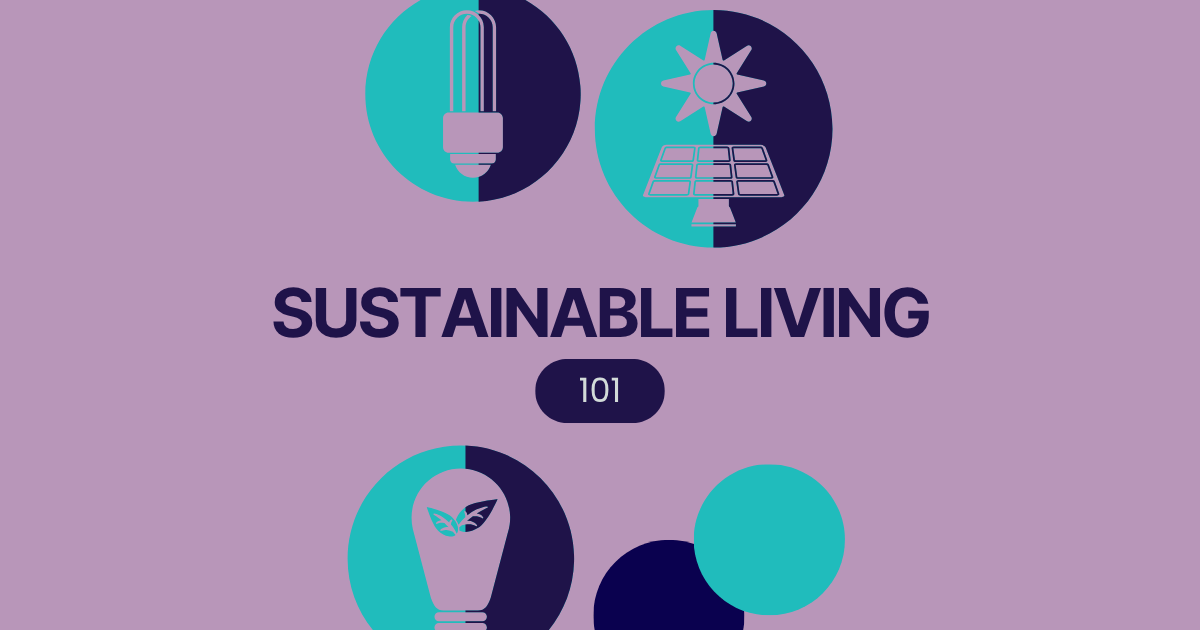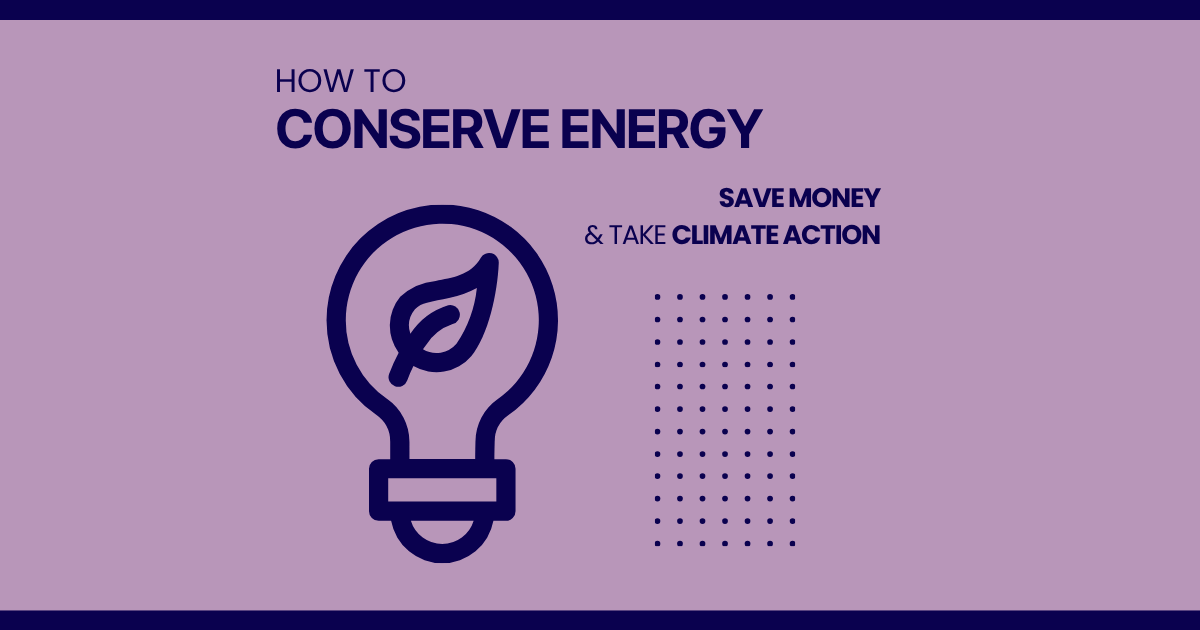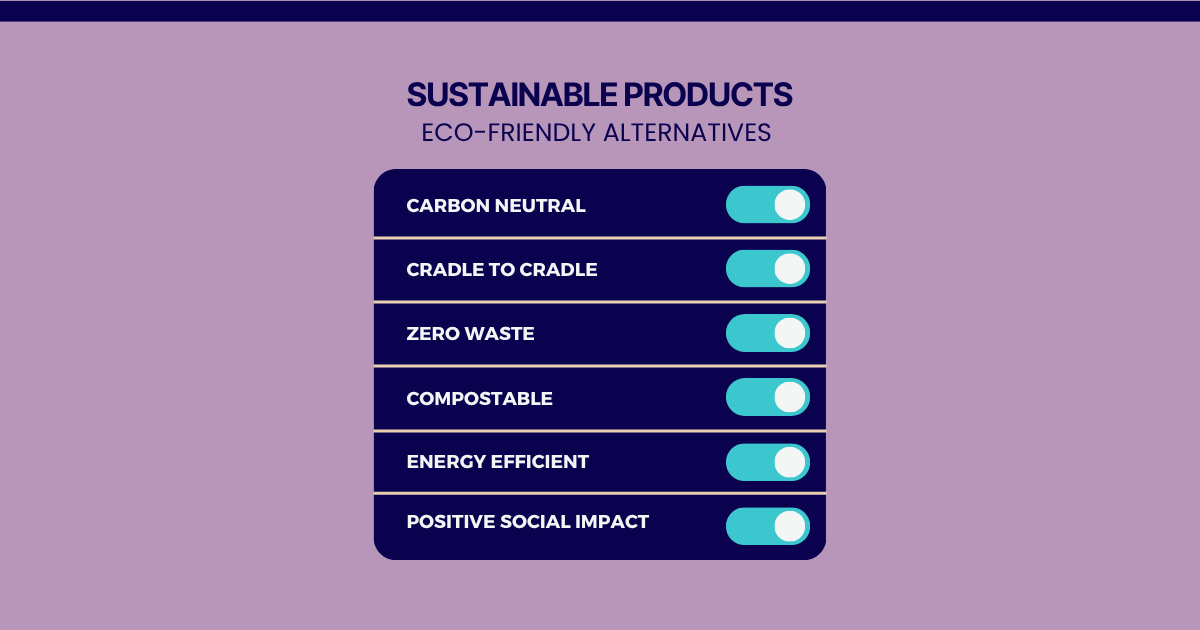Sustainable Urban Regeneration: Sydney Case Study
Australia's cities are racing to build upwards and inwards to solve housing, climate and inequality crises, but the very projects meant to save our urban future risk excluding the communities they're supposed to serve.

This article was originally submitted as part of a postgraduate degree and follows academic referencing conventions.
As Australian state governments look to densification as a solution to growing social, economic and environmental issues in major cities, questions arise as to the efficiency and effectiveness of urban regeneration projects.
Large-scale inner-city regeneration provides an opportunity to reinvigorate underutilised sites by creating liveable and sustainable precincts which promote economic growth as well as improved social outcomes (Ruming 2018). Whereas low-density cities that do not adapt and reconfigure their urban landscapes will see cultural and economic decline (Newman 2014).
Conflicts arise when commercial interests are prioritised over equitable solutions to regeneration, a situation exacerbated by the exclusion of local councils and inadequate community involvement in planning (Ruming 2018). These challenges can be overcome with a strong vision and focus on social inclusion, improved infrastructure, accessible open space and local economic opportunities (Amirtahmasebi et al. 2016).
This essay will discuss the drivers of urban regeneration and argue that innovative mixed-use regeneration is key to sustainable urban development in Australia. The impact of urban regeneration on public, private and community stakeholders is discussed including beneficial outcomes as well as potential adverse consequences. An example of sustainable brownfield regeneration is presented via a case study of Sydney’s Central Park urban regeneration project which was completed in 2018 along with the impact of this development on future inner-city regeneration.
Urban Regeneration in Australia
Historically, Australian cities developed as low-density, car-based households where suburban development continuously expanded outwards towards greenfield, fringe housing estates (Newton, Meyer & Glackin 2017). This low-density, sprawling development is not sustainable in the face of rapid population growth, liveability concerns, economic challenges and climate change. The drivers of urban regeneration stem from this unsustainable situation, leading to the changes in strategic planning and renewal projects prevalent today.
Low-density detached housing is associated with high carbon footprints, excess consumption and low community wellbeing (Newton & Rogers 2020) prompting the development of metropolitan strategic planning policies to promote a transition from suburban sprawl to urban compact cities (Newton, Meyer & Glackin 2017).
The Greater Sydney Commission (2018) proposes increasing density via urban renewal as a response to these issues, however, there is ongoing community resistance to higher density and high-rise development (Newton, Peter & Thomson 2017) while resistance from local councils has mostly subsided (Gurran & Phibbs 2018). Social, economic and environmental drivers of urban regeneration are complex and intertwined.
Worsening inequality, a lack of affordable housing, changing population demographics and questions of liveability are contributing to the need to renew and reconfigure our cities. Current urban communities and lifestyles are not sustainable, we are not only damaging the environment but creating social instability by increasing wealth inequality (Newton 2012).
Social exclusion and polarisation are of particular importance in terms of urban regeneration (Tallon 2013). Public housing estates are being redeveloped to address social disadvantage and the physical decline of the built environment (Pawson & Pinnegar 2018). The purpose is to renew areas of decay with higher quality housing and amenity as well as reducing the stigma associated with these estates by introducing mixed-use and mixed dwelling types (Newton et al. 2011).
Areas of poverty and disadvantage are negatively impacted by regeneration in cases where improved amenity selectively favours higher socio-economic groups (Tallon 2013). Conflicts arise where sections of the community value a location for its amenity, a place to live, work or for recreation, while others see it primarily as a potential source of wealth (Roberts 2017).
Urban regeneration also impacts the wider population. As the Australian population grows and ages there is an increased need for diverse housing options to meet the needs and aspirations of different groups (GANSW 2017). Brownfield redevelopment can provide a mix of housing suitable for diverse groups, however, Australia’s capital cities do not have sufficient numbers of brownfield sites for this to be the entire solution (Newton & Glackin 2018).
Renewal and intensification of middle-ring greyfield sites is an important solution as these areas are well located with respect to infrastructure, jobs, health and education (Newton & Glackin 2018). Additional research and analysis of changing demographics will determine the direction of future design and planning policies.
Objectives of competitiveness, productivity and economic prosperity are primary drivers behind urban regeneration in major cities. There is growing pressure to position Australian cities as competitive global cities. This is a consequence of globalisation where importance is placed on attracting foreign investment and capitalising on new markets through tourism and cultural initiatives (Tallon 2013). Large-scale urban regeneration is a way of competing on the global scale but the similarities between these developments across the world contribute to the loss of a city’s uniqueness and identity (Tallon 2013).
From an economic perspective, regeneration can be used as a counter to emerging decline or a method of improving economic opportunity in a particular location (Roberts 2017). Large, mixed-use urban regeneration which takes place on re-zoned government land provides opportunities for both wealth generation and wider public benefit (Harris 2018).
However, a major criticism of these large-scale projects is the focus on profitability instead of community benefit and socially just outcomes with the developers, commercial backers and affluent residents being the primary beneficiaries (Harris 2018). Changes in technology are increasing the demand for local employment and education hubs, prompting state and local governments to direct strategies towards densification around transport infrastructure and activity precincts (Greater Sydney Commission 2018).
Rapid population growth, resource depletion, pollution and reliance on cars is contributing to global warming and environmental degradation. Urban regeneration which includes densification, upgraded infrastructure and open spaces can improve the built and natural environment and help mitigate and adapt to a changing climate (Tallon 2013).
A growing response to climate change in urban environments is sustainable city initiatives that focus on higher density mixed-use developments, accessible public transport and renewable energy use (Joss, Cowley & Tomozeiu 2013). Urban regeneration provides an opportunity to implement good design and sustainable practices by lowering carbon emissions, using local materials and improving infrastructure, benefiting both local and wider communities (GANSW 2017).
Urban regeneration can contribute to creating a more efficient and resilient city in a number of ways. Increased green cover combats extreme heat, innovative technology can be implemented to support a circular economy and the reduction of carbon emissions will help achieve the goal of net-zero emissions by 2050 (Greater Sydney Commission 2018).
Large-scale urban regeneration developments benefit from efficiencies of scale when incorporating these environmentally sustainable features into designs (Newton et al. 2011). All aspects of sustainable development must be considered when creating planning and policy initiatives involving urban regeneration to produce equitable solutions and opportunities.
The Role of Policy in Urban Regeneration
With the majority of Australians living in urban areas, it is imperative cities are dynamic, resilient and inclusive. Achieving this requires vision, leadership and coordination between all tiers of government while engaging with the local community.
Although the federal government recognises the need to invest in significant projects to remain competitive on a global scale, urban regeneration is predominantly in the hands of the state governments (Maginn 2018). Under the Australian Constitution, state governments are responsible for land use, planning and development, however, federal government objectives have influenced the states to develop strategic planning goals in relation to productivity, liveability and sustainability (Newton, Meyer & Glackin 2017).
Following a trend towards neoliberalism over recent decades, there has been a reduction in government funding for infrastructure and regeneration projects, leading to a reliance on private investment (Searle 2018). This essentially places the state government in the role of facilitator rather than developer and has led to the rise of partnerships between the public and private sector for the provision of urban regeneration (Tallon 2013). These partnerships can lead to conflicts of interest where the state is involved as both the development agency and the planning authority (Ruming 2018).
Private investment and partnerships are particularly important in brownfield regeneration as these sites require considerable financial investment to address issues of infrastructure and potentially, land contamination (Searle 2018). The state government has the capacity to deem these brownfield sites as ‘state significant’ which effectively shifts the planning and approval process from the local to the state government (Ruming 2018). This allows the state to create favourable conditions to attract the private investment required to complete large-scale projects.
However, providing private investors with the opportunity to develop large-scale urban regeneration projects undermines affordable housing initiatives and targets set by local government (Gurran & Whitehead 2011). When regeneration sites are developed by the government, the provision of affordable housing and a desirable tenure mix is straightforward and achievable (Gurran & Phibbs 2018). Whereas when the private sector dominates a development or partnership, project terms are often renegotiated to favour the commercial interests of the developer at the expense of the wider public (Ruming 2018).
On a broader scale, international policy impacts the development of Australian policy and strategic planning due to the process of knowledge transfer, an exchange of ideas and expertise including research, technology, architecture and engineering expertise as well as through governmental and non-governmental organisation initiatives (Joss, Cowley & Tomozeiu 2013). An example is Australia’s commitment to the United Nations Sustainable Development Goals which is reflected in strategic planning documents such as the City of Sydney’s Sustainable Sydney 2030 (2017). Combined, these influences drive urban regeneration, consolidation and densification in Australia.
Case Study: Sustainable Regeneration at Central Park
Central Park is a successful example of large-scale brownfield regeneration which revitalised a former industrial site in Sydney’s inner-city. The development was generally well-received due to the integration of innovative design and sustainability features with thoughtful use of open space and consideration for the wider community.
Located on the historic site of the former Carlton United Brewery, in close proximity to Sydney’s CBD, Central Station transport hub and the University of Technology Sydney, the developers transformed the site into a mixed-use sustainable development, integrating residential, commercial and heritage buildings with green space and cultural amenities (White, Turner & Saint Hilaire 2018).
At the heart of the development is One Central Park, an iconic, architecturally innovative retail and residential building known for its heliostat, used to reflect sunlight on green spaces, and green wall façade (White, Turner & Saint Hilaire 2018). The Central Park development has seen the suburb of Chippendale grow from a working-class suburb with rundown terrace housing to a vibrant, diverse community with more than 5,000 residents living in predominantly high-density apartments (Fuary-Wagner 2016). The project has been described as ‘one of the more notable examples of urban renewal’ (Gliddon 2016) and won the ‘Best Tall Building in the World’ award in 2014 among other accolades (Central Park 2020).
Initial community opposition to the development involved concerns of building height and density, specifically that high-rise development would obstruct views, increase traffic congestion and negatively alter the character and identity of the area (White, Turner & Saint Hilaire 2018).
Further conflict arose after the site was deemed ‘state significant’ and the planning approval process shifted from the City of Sydney to the NSW Government with initial plans lacking adequate green space and appropriate building orientation (White, Turner & Saint Hilaire 2018). During this initial controversy, the development changed hands with Frasers Property Australia taking on the project, focusing on community engagement and a sustainability strategy (White, Turner & Saint Hilaire 2018).
A revised plan took community concerns and wellbeing into consideration. Community discussions included opposition to surface traffic in some areas instead of being pedestrian centric and insufficient sustainability features, both of which were amended in the final plan (Fuary-Wagner 2016).
Environmental sustainability features included in the development focus on net-zero carbon emissions, efficient waste and water management, green infrastructure and the use of environmentally preferred building materials (White, Turner & Saint Hilaire 2018). These initiatives were developed in the planning phase in consultation with the community and local council.
Lower greenhouse gas emissions were achieved via energy efficiency measures related to building orientation and construction, efficient appliances were installed in all apartments, car-share facilities and bicycle storage was added to reduce reliance on private car usage and importantly, a tri-generation system was created to provide energy for the precinct (White, Turner & Saint Hilaire 2018). An onsite water-recycling facility reduces the need for mains water consumption and provides a source of irrigation for the green walls (White, Turner & Saint Hilaire 2018).
A significant component of sustainability at Central Park is green infrastructure on the roof and façade of the landmark building, One Central Park. This kind of urban forestry promotes cooling and improves air quality (Irga, Burchett & Torpy 2015).
While many facets of sustainability were achieved, the project failed to attain the initial objective of achieving a six-star Green Star rating, instead being awarded a five-star rating from the Green Building Council of Australia (GBCA 2016). It is important to note there are doubts surrounding the validity of sustainability rating tools as they are not audited, there is no government oversight and they often don’t include aspects like access to public transport and the sustainability of amenities (Martek & Reza Hosseini 2018). Nevertheless, Frasers accomplished a great deal in the way of environmental sustainability at Central Park.
Many of the initiatives work towards Sydney’s strategic plan objectives in relation to achieving status as a leading environmental performer (City of Sydney 2017). There was, however, a missed opportunity to introduce further innovative technology into the development as a way of advancing the field of sustainable development, with the developer avoided trialling these high-risk initiatives (White, Turner & Saint Hilaire 2018).
Social sustainability measures at Central Park focus primarily on liveability and wellbeing. The availability of public space and parks, opportunities for creative industries and respect for existing heritage buildings was incorporated into the design and plans (White, Turner & Saint Hilaire 2018). The preservation and conversion of historic buildings for hospitality providers attracts visitors from across Sydney and adds to the vibrancy of the precinct.
Large areas of green open space act as a backyard for residents, a feature which is particularly important in attracting residents who are moving from detached housing (Hoh 2017). This also acts to integrate the development into the wider surrounds, allowing neighbouring residents and university students to benefit from the development and open space.
A key component of the economic sustainability of the project was the developer’s desire to differentiate itself from its competitors by prioritising innovation, sustainability, design and start-of-the-art technology (White, Turner & Saint Hilaire 2018). Rather than focus on maximising profits, Frasers positioned themselves for commercial success with a long-term approach, establishing their reputation as sustainable developers. Additionally, the developer is expecting the visual appeal and sustainable mixed-use to add to the profitability of the project (Jones 2014).
The renewal of the Carlton United Brewery brownfield site is considered to be a benchmark for future sustainable urban regeneration. An advantage of the success of this project is the knowledge transfer that will take place for the benefit of future urban regeneration projects and the wider community.
Conclusion
This essay has argued that innovative regeneration is the future of sustainable urban development in Australia. Urban regeneration is driven by four main factors, social drivers addressing concerns around wellbeing and liveability, a desire for economic growth, the necessity for mitigation and adaptation to climate change and drivers pertaining to governance.
Through open collaboration and implementation, urban regeneration can provide solutions to the challenges facing our cities and communities. This requires community engagement, thoughtful, mixed-use design of the built environment, and accessible open spaces which add value and a sense of place. The Central Park brownfield redevelopment shows large-scale projects can meet these requirements and produce ongoing benefits, not only at the local, precinct-level but also in the wider community through a transfer of knowledge and innovation.
However, while sustainable development results in positive outcomes for the environment and community, more research needs to be undertaken to find innovative regeneration solutions and methods of successfully integrating these into all levels of government policy. Although large-scale projects like Central Park are seen to lead the way in sustainable urban regeneration, applying the successful aspects of this project to future development of all scales is challenging.
References
Amirtahmasebi, R, Orloff, M, Wahba, S & Altman, A 2016, Regenerating Urban Land: A Practitioner's Guide to Leveraging Private Investment, World Bank, Washington, DC.
Central Park 2020, Awards Won, viewed 1 November 2020.
City of Sydney 2017, Sustainable Sydney 2030: Community strategic plan.
Fuary-Wagner, I 2016, Almost a decade on, Central Park is the urban experiment Sydney got right, Domain, viewed 1 November 2020.
GANSW (Government Architect NSW) 2017, Better Placed, NSW Government, Sydney, viewed 1 November 2020.
GBCA (Green Building Council Australia) 2016, Green Star Project Directory, Green Building Council Australia, viewed 1 November 2020.
Gliddon, J 2016, Sydney's Central Park transforming the inner city, The Australian Financial Review, viewed 1 November 2020.
Greater Sydney Commission 2018, Greater Sydney Region Plan: A Metropolis of Three Cities, NSW Government, Sydney.
Gurran, N & Phibbs, P 2018, 'Urban Regeneration and Planning Regulations', in K Ruming (ed.), Urban Regeneration in Australia: Policies, Processes and Projects of Contemporary Urban Change, Routledge, London, pp. 51-73.
Gurran, N & Whitehead, C 2011, 'Planning and Affordable Housing in Australia and the UK: A Comparative Perspective', Housing studies, vol. 26, no. 7-8, pp. 1193-214.
Harris, M 2018, 'Barangaroo: Machiavellian Megaproject or Erosion of Intent?', in K Ruming (ed.), Urban Regeneration in Australia: Policies, Processes and Projects of Contemporary Urban Change, Routledge, London, pp. 111-34.
Hoh, A 2017, Sydney squeeze: How to design green spaces in the city and reimagine the Aussie backyard, ABC, viewed 1 November 2020.
Irga, PJ, Burchett, MD & Torpy, FR 2015, 'Does urban forestry have a quantitative effect on ambient air quality in an urban environment?', Atmospheric Environment, vol. 120, p. 173.
Jones, A 2014, Extreme horticulture greens the city, ABC, viewed 1 November 2020.
Joss, S, Cowley, R & Tomozeiu, D 2013, 'Towards the 'ubiquitous eco-city': An analysis of the internationalisation of eco-city policy and practice', Urban research & practice, vol. 6, no. 1, pp. 54-74.
Maginn, PJ 2018, 'Transforming Perth: The evolution of urban regeneration in Perth, Western Australia, 1990-2016', in K Ruming (ed.), Urban Regeneration in Australia: Policies, Processes and Projects of Contemporary Urban Change, Routledge, London, pp. 178-203.
Martek, I & Reza Hosseini, M 2018, Greenwashing the property market: why ‘green star’ ratings don’t guarantee more sustainable buildings, The Conversation, viewed 1 November 2020.
Newman, P 2014, 'Density, the Sustainability Multiplier: Some Myths and Truths with Application to Perth, Australia', Sustainability, vol. 6, no. 9, pp. 6467-87.
Newton, P & Glackin, S 2018, 'Greyfield Regeneration: A precinct approach for urban renewal in the established suburbs of Australia’s cities', in K Ruming (ed.), Urban Regeneration in Australia: Policies, Processes and Projects of Contemporary Urban Change, Routledge, London, pp. 249-67.
Newton, P, Meyer, D & Glackin, S 2017, 'Becoming Urban: Exploring the Transformative Capacity for a Suburban-to-Urban Transition in Australia’s Low-Density Cities', Sustainability, vol. 9, no. 10, p. 1718.
Newton, P, Murray, S, Wakefield, R, Murphy, C, Khor, L & Morgan, T 2011, Towards a new development model for housing regeneration in greyfield residential precincts, Australian Housing and Urban Research Institute Limited, Melbourne, viewed 1 November 2020.
Newton, P & Rogers, B 2020, 'Transforming Built Environments: Towards Carbon Neutral and Blue-Green Cities', Sustainability, vol. 12, no. 11, p. 4745.
Newton, P & Thomson, G 2017, 'Urban Regeneration in Australia', in P Roberts, H Sykes & R Granger (eds), Urban Regeneration, 2nd edn, SAGE Publications, London, pp. 288-313.
Newton, PW 2012, 'Liveable and Sustainable? Socio-Technical Challenges for Twenty-First-Century Cities', The Journal of urban technology, vol. 19, no. 1, pp. 81-102.
Pawson, H & Pinnegar, S 2018, 'Regenerating Australia’s Public Housing Estates', in K Ruming (ed.), Urban Regeneration in Australia: Policies, Processes and Projects of Contemporary Urban Change, Routledge, London, pp. 311-32.
Roberts, P 2017, 'The Evolution, Definition and Purpose of Urban Regeneration', in P Roberts, H Sykes & R Granger (eds), Urban Regeneration, 2nd edn, SAGE Publications, London, pp. 9-43.
Ruming, K 2018, 'Urban Regeneration and the Australian City', in Urban Regeneration in Australia: Policies, Processes, and projects of Contemporary Urban Change, Routledge, London, pp. 1-24.
Searle, G 2018, 'Funding Large-Scale Brownfield Regeneration Projects', in K Ruming (ed.), Urban Regeneration in Australia: Policies, Processes and Projects of Contemporary Urban Change, Routledge, London, pp. 74-93.
Tallon, A 2013, Urban Regeneration in the UK, 2nd edn, Routledge, Abingdon; New York, N.Y.
White, S, Turner, A & Saint Hilaire, J 2018, 'Pushing the Boundaries of Sustainable Development: The Case of Central Park, Sydney', in K Ruming (ed.), Urban Regeneration in Australia: Policies, Processes and Projects of Contemporary Urban Change, Routledge, London, pp. 204-26.







Comments